R.E.A.D. Curriculum Notebook Grade 1
Price range: $50.00 through $75.00
eBook PDF Format Sample Pages Ready, Eager, Able and Determined to READ! This 36-week curriculum provides you with everything you need to teach your child to read. Structured over a 4-day/week program you’ll cover phonics, digraphs, blends, clusters, sight words, grammar, and writing. Hands-on activities keep your child engaged and learning with little to no-prep required.
- Description
- Additional information
- Reviews (2)
Description
eBook PDF Format
Ready, Eager, Able and Determined to READ! This 36-week curriculum provides you with everything you need to teach your child to read. Structured over a 4-day/week program you’ll cover phonics, digraphs, blends, clusters, sight words, grammar, and writing. Hands-on activities keep your child engaged and learning with little to no-prep required.
R.E.A.D Curriculum Notebook Grade 1: 914 pages
- 4 Days/Week over 36-Weeks
- Initial 2-Week Review of Long Vowel Sounds
- 1 Vowel Team, Digraph, or Grapheme/Week
- 3 Sight Words/Week (2 new, 1 review)
- Complete Writing, Grammar, & Poetry Program
- Weekly Early Readers with controlled word lists
- Weekly Nonfiction Reading & Vocabulary
- Topics: Science, History, Social Studies, and Character Development
- Blends, Trigraphs & Clusters cycle every 5th week (review week)
- Fables & Fairy Tales Literacy Units every 5th week (review week)
Please Note this is a downloadable product only, nothing physical will be mailed. Binder in photos is for illustrative purposes only.
What Content is Covered?
Vowel Teams
- 27 Graphemes, Vowel Teams, Digraphs, Trigraphs, Controlled-R
- 21 pages/week
Sight Words
- 108 Sight Words
- 2 new and 1 review/week
Grammar
- Language Arts Reference Folder
- Weekly Grammar Exercises
Blends & Digraphs
- 28 Blends & Clusters
- 4 per week during Blends Week (7 review weeks)
Daily Writing Instruction
- How to Write a Sentence (8 Weeks)
- How to Write a Paragraph (12 Weeks)
- How to Write Poetry (9 weeks)
Fables & Fairy Tales
- 8-Week long Literacy Units
- Bonus Material in Appendix
Hands-On Games & Activities
- Sight Word Bingo
- Sight Word Mystery Critter
- Sight Word War
- Spin & Bump
- Roll Read & Cover
- Sight Word Dab & Dot
- Sight Word Playdough Mats
- So much more…..
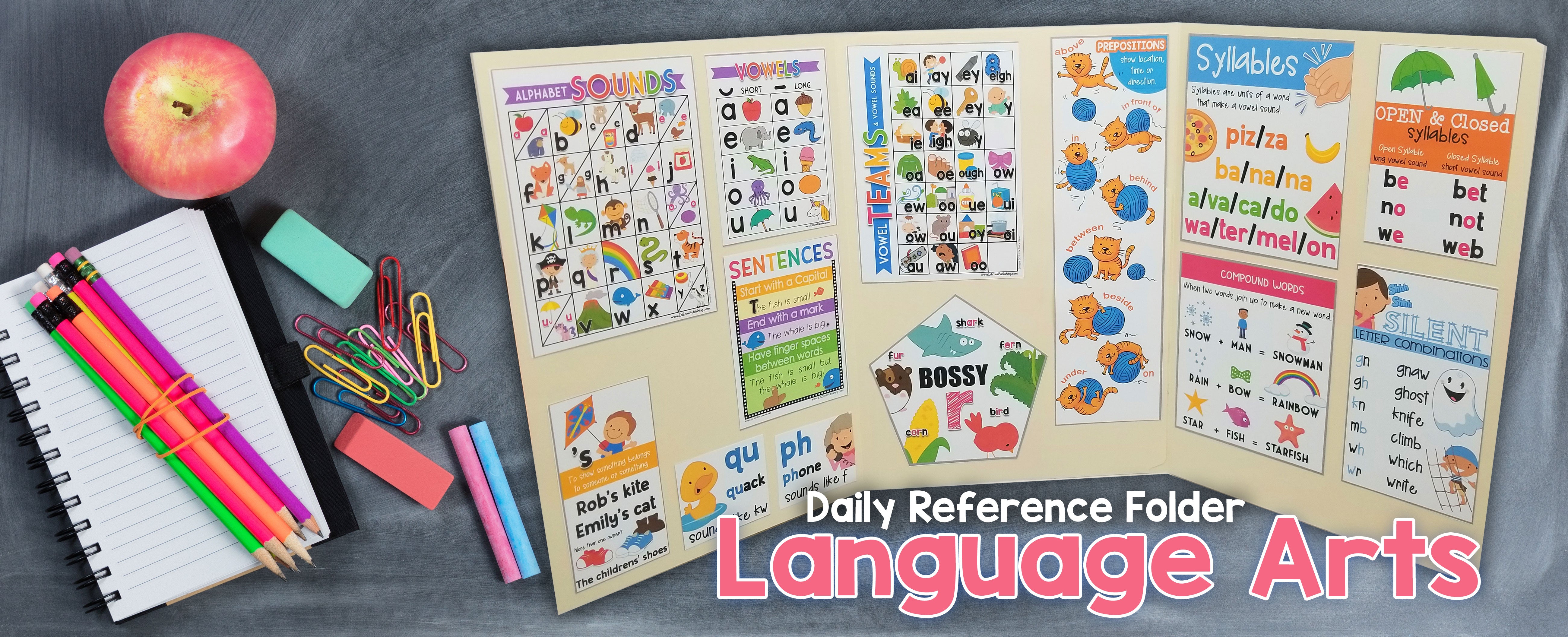
Weekly Reference Folder
This is a simple reference folder for students to use throughout the year. This should be assembled by the instructor prior to starting the program and introduced to the student on the first day. Two manila file folders are glued back to back to create a three-panel folder. This folder will contain many helpful charts and concepts for students to reference as needed for their writing and grammar exercises throughout the course.

Daily Writing Notebook
An inexpensive composition or spiral notebook is needed to make the Daily Writing Notebook. Cut out and glue the pocket to the inside cover and place story strips inside. Each morning at the start of the day students choose a strip of paper that contains a story starter or a question to answer in their notebook. This is intended to be a relaxed warm-up activity to get the creativity flowing. However, it is suggested that you encourage students to answer with complete sentences to expand their response with reasons to support their answers.
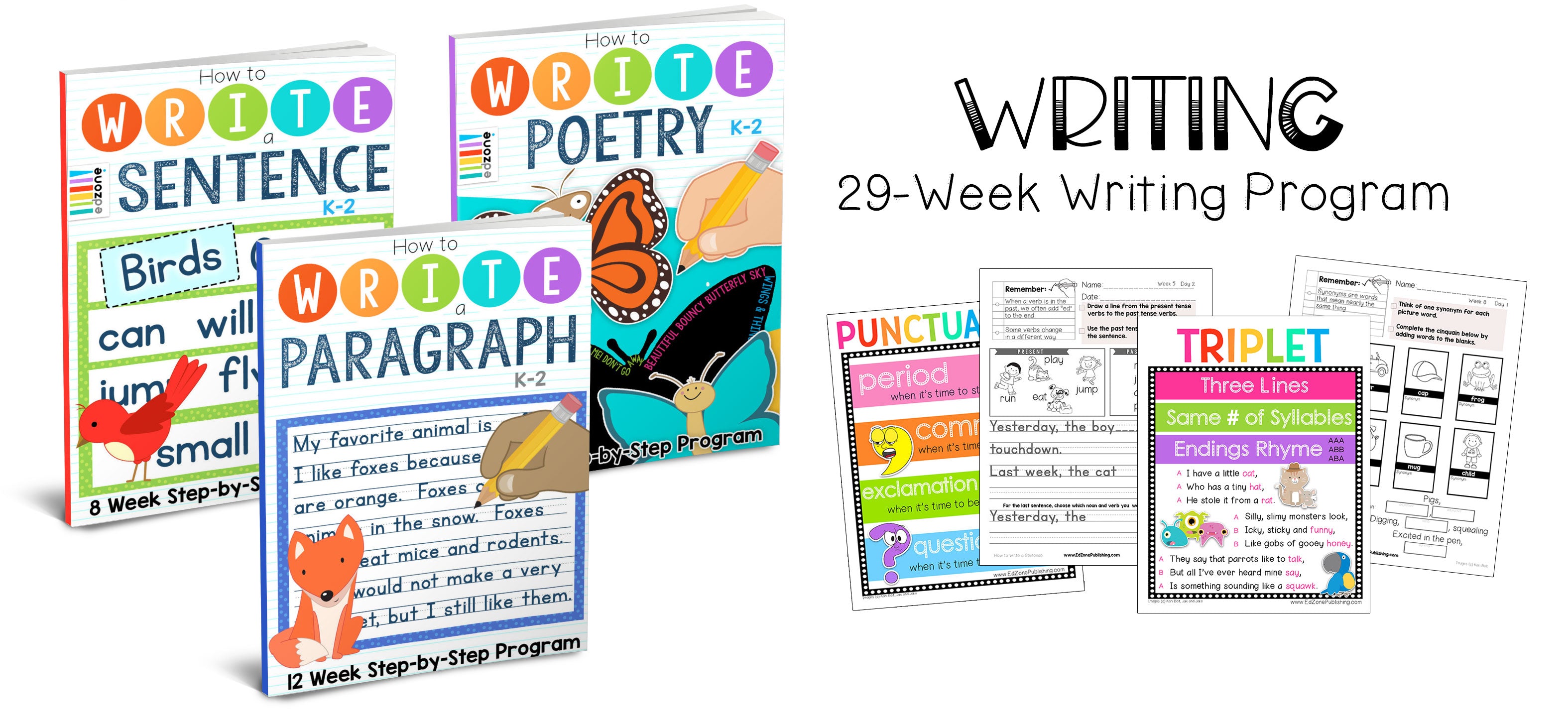
Complete 29-Week Writing Program Included
Students with little to no knowledge of writing will flourish with our step-by-step writing guides. Three of our best-selling programs have been included within our R.E.A.D. Curriculum Notebook.
- How to Write a Sentence
- How to Write a Paragraph
- How to Write Poetry

Monday
Weekly Charts & Posters
At the start of each week, you’ll find new colorful charts you can use for teaching the weekly lessons. The first chart introduces the new vowel team and word list for the week. Any following charts are intended to be used as references for the writing portion of the program. Display charts near student workstations for easy teaching opportunities.
Touch, Read & Color
This is a simple worksheet for students to begin to practice reading their new vowel team. Students place their finger on the dots and follow the path as they read. Students then spell the word by coloring in the correct letterboxes for each word.
Writing
This curriculum includes daily writing instruction over the course of the entire 36-week program. Students starting with little to no writing experience will build the necessary skills to write strong sentences, complete paragraphs, and even poetry. Use the daily reference folder and weekly charts to teach and review concepts as needed.
Write & Find:
Students build strong reading and spelling skills while searching for their words in the puzzle. Words are presented horizontally, backward, vertically, and diagonally.
Flashcards:
Flashcards provide a quick tool for reading vowel team words and weekly sight words. Use these cards for weekly review, sorting games and writing sentences. Print in black and white once students have mastered the middle vowel sounds.

Tuesday
Spell & Write
Students practice key handwriting skills while spelling out their weekly words. A simple sentence writing prompt encourages students to use their new words to make a sentence. Students color one star for each row of text they complete. Encourage students to develop longer sentences to reach their star goal.
Sound it Out
Students develop phonological awareness by segmenting words into individual sounds. Students then rebuild their word from the sounds and write it on the line next to the picture.
Writing
This curriculum includes daily writing instruction over the course of the entire 36-week program. Students starting with little to no writing experience will build the necessary skills to write strong sentences, complete paragraphs, and even poetry. Use the daily reference folder and weekly charts to teach and review concepts as needed.
Roll, Read, & Color
This fast-paced dice game encourages students to put their new reading skills to the test. Students take turns rolling the die and finding the matching column. Students must read and color the next available word in the corresponding row, working their way from the bottom up. The student to color and read the final word in any column wins. This game can be played as single player as well, students are eager to see which animal will win the race!
Find & Color Sight Words
Students practice reading their weekly sight words with this fun coloring activity. This is a great opportunity to use bingo daubers, counters or other hands-on-manipulatives. Students choose one color for each sight word in the center square then search and color their words circles. Optional: Call out a few of the other sight words for students to find and dab. This is a great way to review previous words.

Wednesday
Reading Strategies & Grammar Power
This first half of this sheet provides students with ample opportunity to practice reading their new vowel team words, sight words, and vocabulary words. The second half of the sheet progressively covers key grammar and language arts skills.
Reading Comprehension
Each week, students are provided a short non-fiction paragraph that can be used to build and develop comprehension skills. These passages cover science, history, social studies, and character development. As such, there are many new words presented in each passage and students are not expected to be able to read these on their own. In fact, you might find it helpful to read the passage to the student, or to read together. The goal of this activity is to develop the necessary skills needed for comprehension and understanding of non-fiction text.
Writing
This curriculum includes daily writing instruction over the course of the entire 36-week program. Students starting with little to no writing experience will build the necessary skills to write strong sentences, complete paragraphs, and even poetry. Use the daily reference folder and weekly charts to teach and review concepts as needed.
Build a Word
Students write or stamp the missing letters onto the squares. Encourage students to practice the sound aloud as they write. Next, students cut and paste the squares in the word blanks above to complete the word.
Sight Word Play Dough Mats
Two play-dough mats are included each week. These provide students with hands-on learning opportunities to practice reading, spelling, and writing their weekly sight words. TIP: Store in page protectors for reuse.

Thursday
Early Reader
Students put their new reading skills to the test by reading the weekly early reader. Assembly is a snap with our story strip format. Store these readers in a small container or empty tissue box for students to continue to practice reading.
Vocab’ Dab
Each week students will have new vocabulary words to write. These words were previously presented in the phrases and non-fiction reading passages earlier in the week. Most words will be familiar or easily decoded from contextual clues in the comprehension passages. This worksheet encourages students to “dab” and use each word correctly in a sentence. Next, students must correctly match the word and definition by “dabbing” them the same color.
Writing
This curriculum includes daily writing instruction over the course of the entire 36-week program. Students starting with little to no writing experience will build the necessary skills to write strong sentences, complete paragraphs, and even poetry. Use the daily reference folder and weekly charts to teach and review concepts as needed.
Spin & BUMP!
This competitive game is a blast to play with 2 or more players. Use a pencil and paperclip to make a spinner. You’ll need a handful of different colored counters or coins or each student. Students take turns spinning and placing their counter on any corresponding word in the grid below. Other players can BUMP you off if they spin a word that you are already on. The goal of the game is to be the first player to get five in a row. This game can also be played with bingo daubers and no bumping.
Sight Word Activity Page
Students finish up the week with this sight word activity sheet. This sheet covers the two new sight words with a variety of quick exercises. First, in the top left corner, students trace to spell their word. Second, students must find their word from the choices below. Third, students practice writing their word a few times on the blank lines. In the top right corner, students color to spell their word multiple times. Just below, students will carefully look for their words in the word search (multiple times). Finally, students use a Q-tip™ and paint to dip and dab their word.

Literacy Review Weeks
Every five weeks is scheduled as a review week. Students will play games that cover sight words from the previous four weeks. This is also a great opportunity to replay any of the vowel team games as needed for individual students.
In addition to review, new blends, digraphs or trigraph clusters will be introduced. Students are not expected to be able to spell or read words with these blends. Instead, the focus is on understanding the individual beginning or ending sound associated with each word.
Review weeks also include a new Fairy Tale literacy unit. This includes a special 15-page early reader for students to read throughout the week. There are two daily literacy worksheets or activities to correspond with the weekly fable.

Included Titles:
• The Ugly Duckling
• Goldilocks
• The Little Red Hen
• Jack and the Beanstalk
• The Gingerbread Man
• Three Little Pigs
• Little Red Riding Hood
Note: Additional bonus material is located in the appendix. This includes a complete literacy unit for Hansel and Gretel as well as interactive story writing elements for students who are interested in writing their own fables and fairy tales.

Additional information
| Product License | Homeschool, Classroom |
|---|

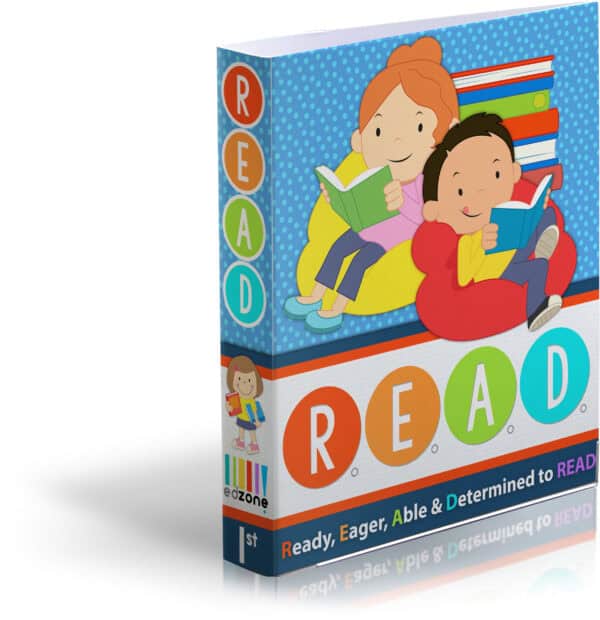
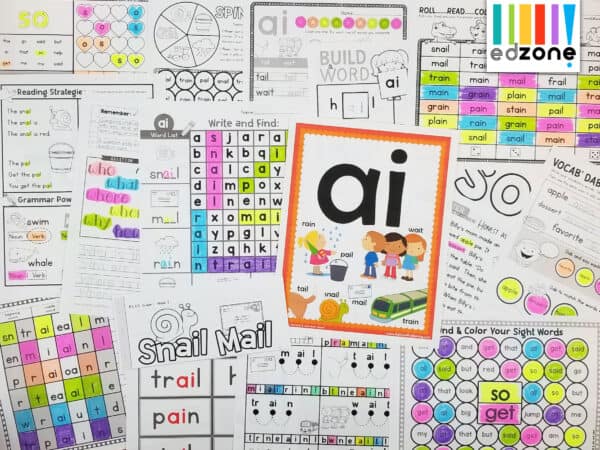
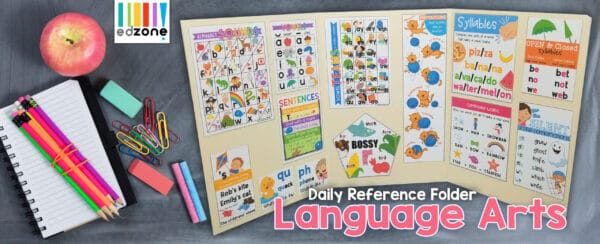
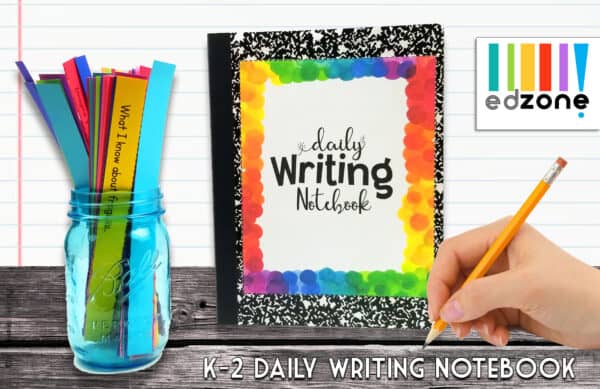
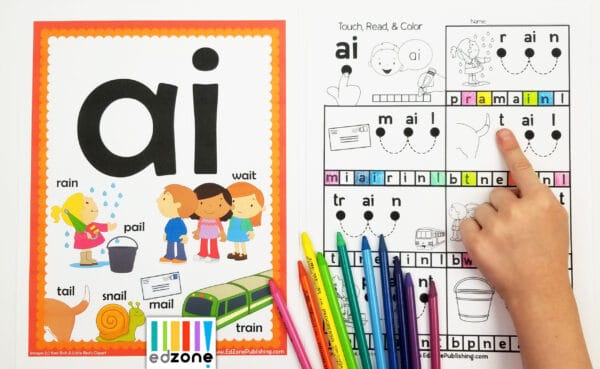

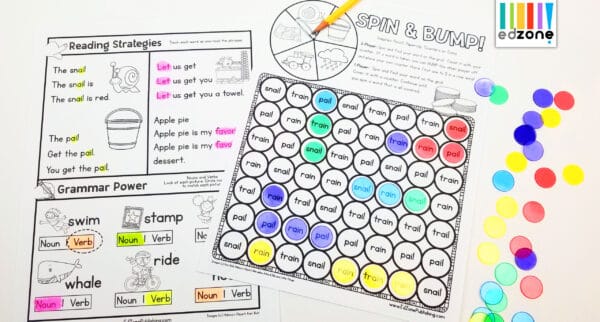
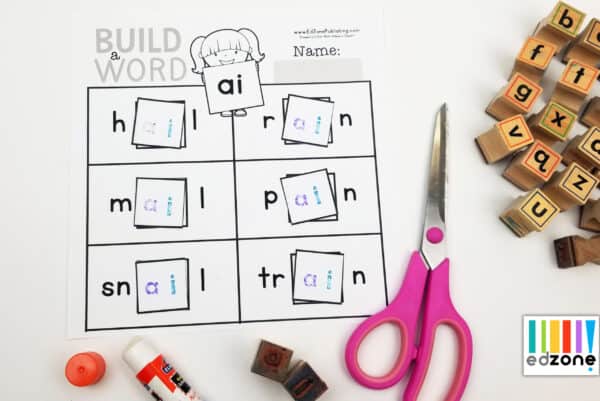

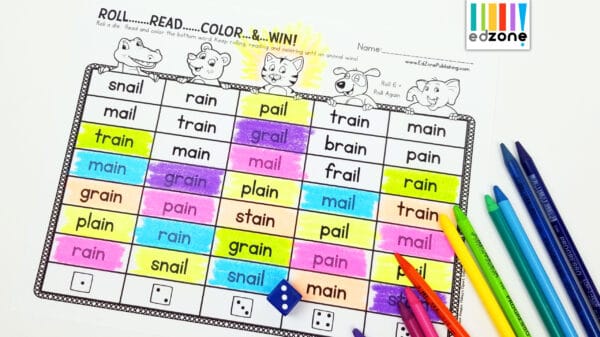
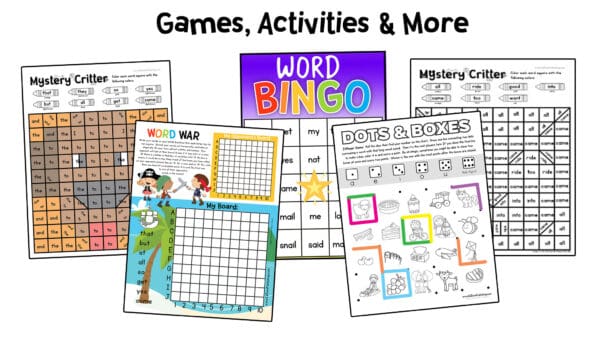

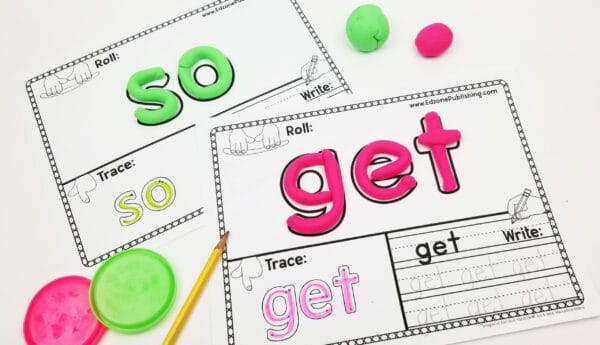
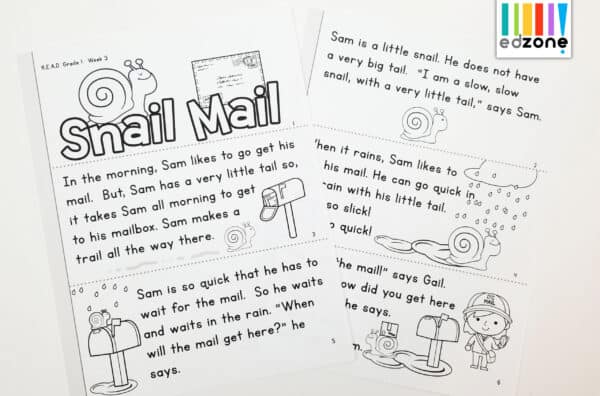
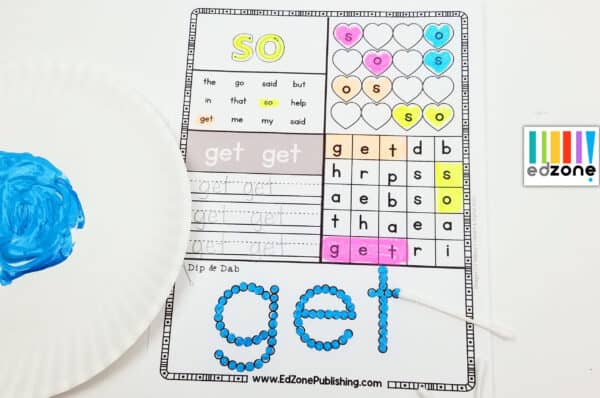
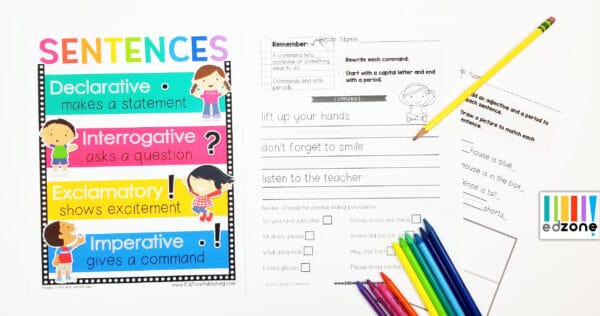
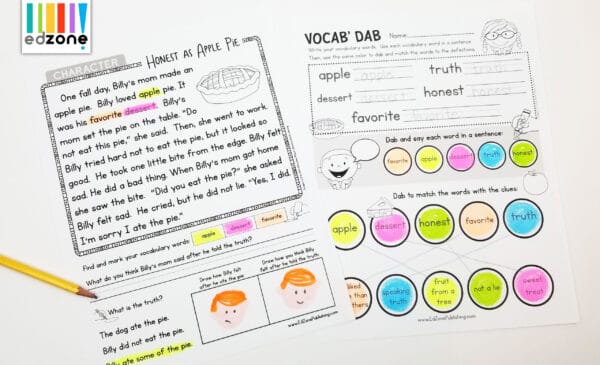
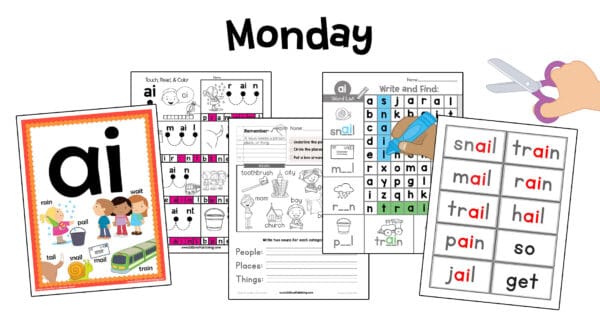
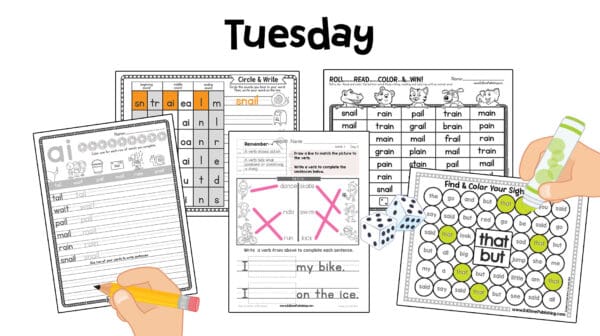
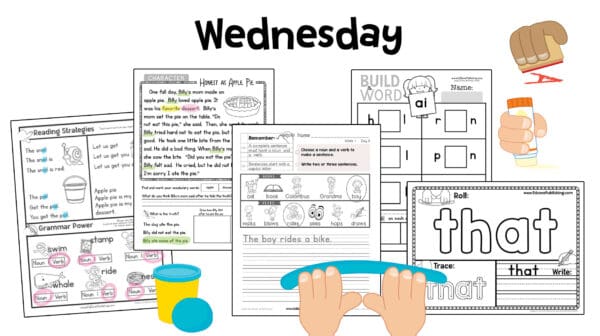
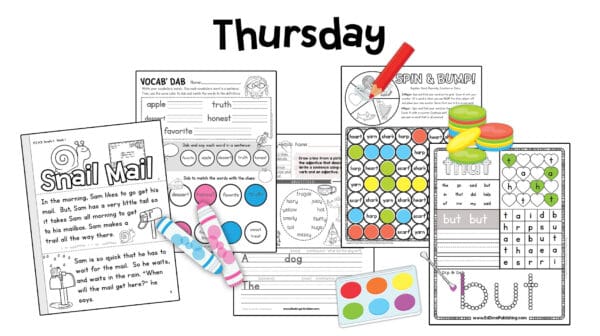
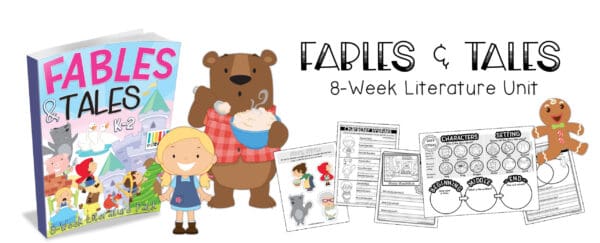
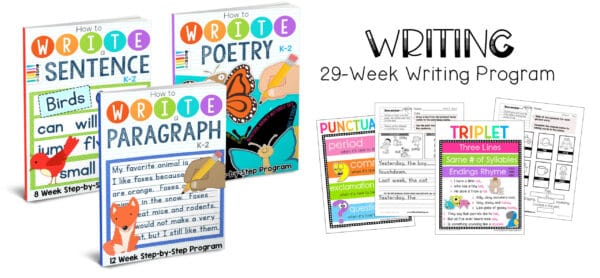
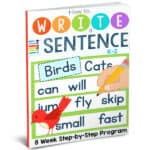
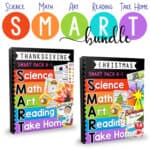
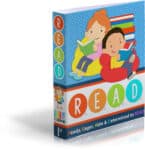

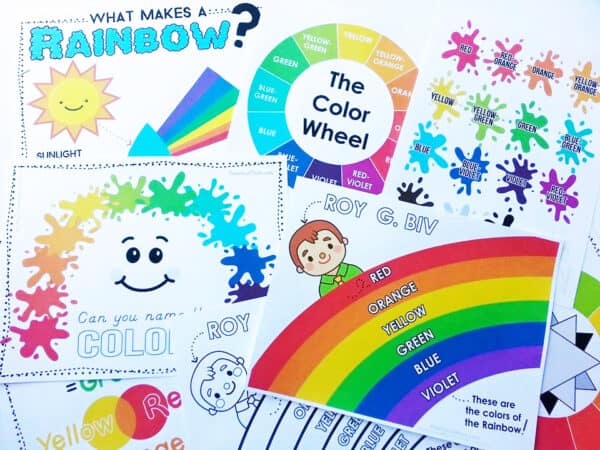
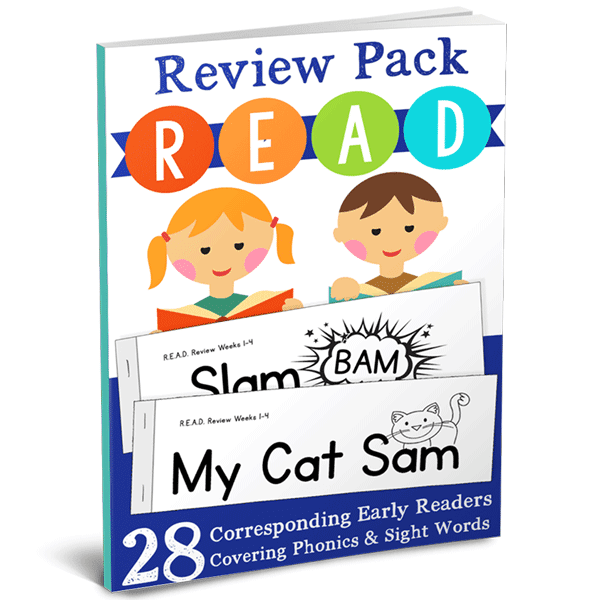
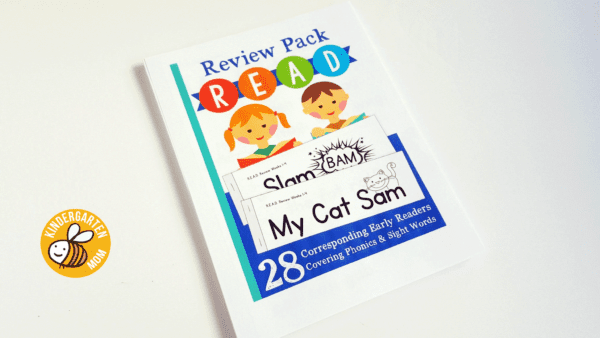
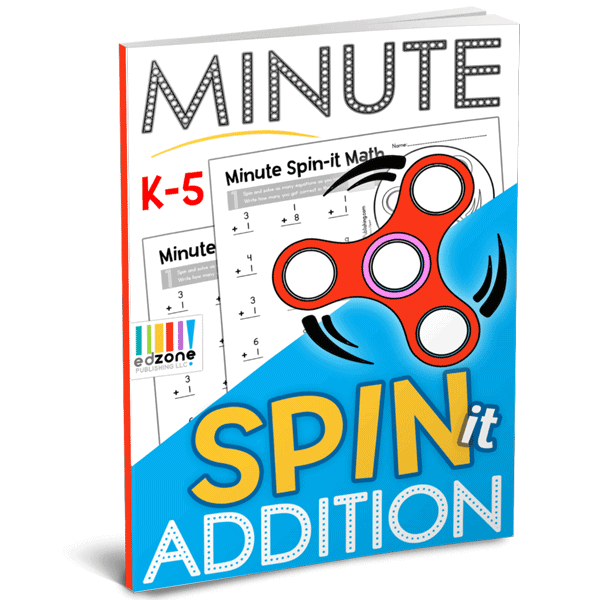
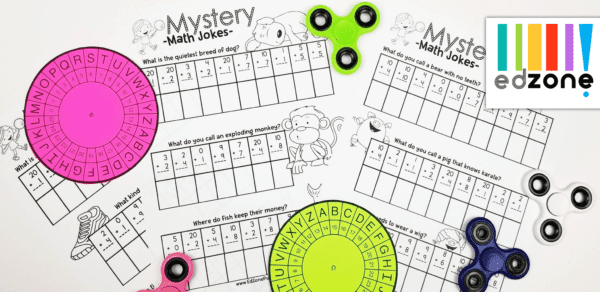
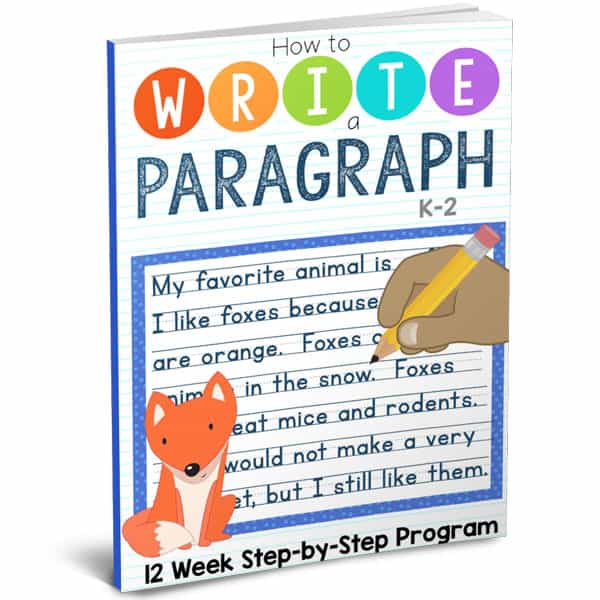
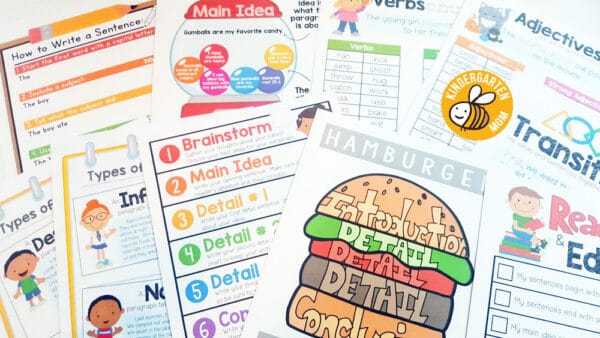
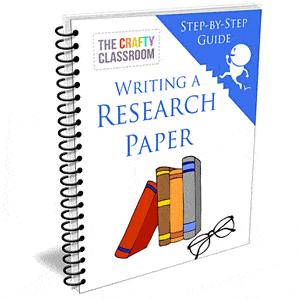
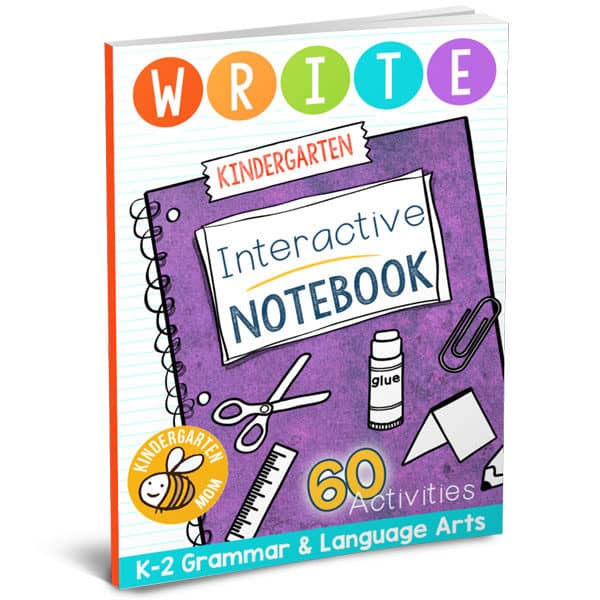

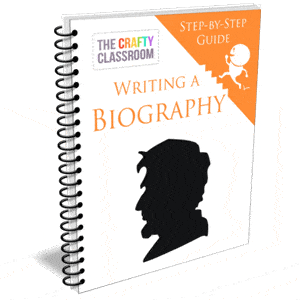
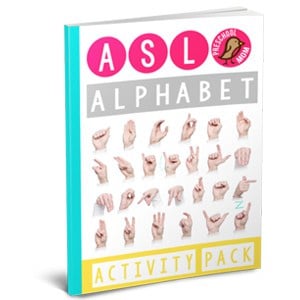


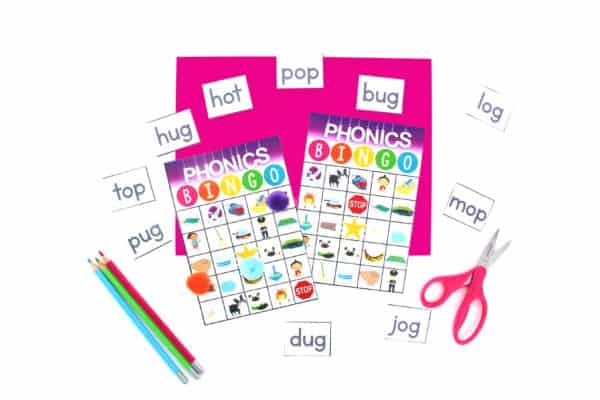
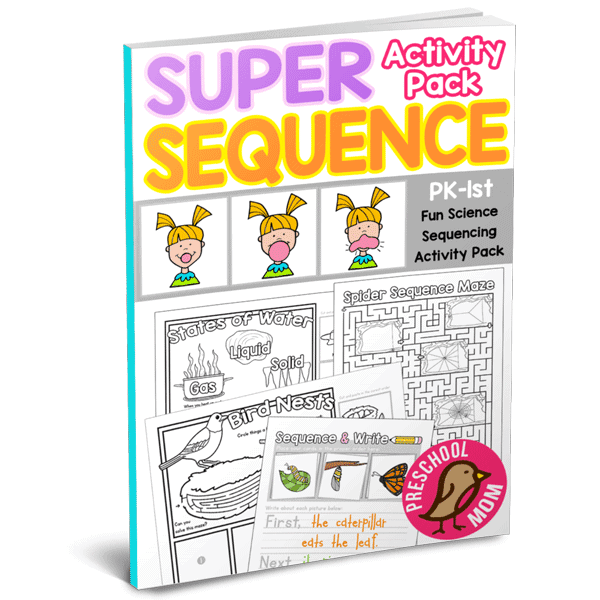

Lynette Tucker (verified owner) –
When I decided to home school my first grader in 2019, I took the plunge and ordered a complete first grade all subjects package curriculum from a very reputable company. While we love the books and content of this package, especially the history and science, the Language Arts portion of this curriculum was just not working for my son. After 16 weeks of struggling in this area, I switched him over to READ Grade 1. It was just what he needed, he does not enjoy reading or writing, but this program has really helped him change his attitude towards reading and learning to write. He looks forward to the literary units, and his hand writing has improved with the layout of page lines in the daily writing assignments. The Daily Reference Folder has helped him so much in his progress, he uses it in all of his subjects, even math when reading word problems! We use the READ Grade 1 (in place of the original Language Arts) on a 4 day week schedule along-side the rest of the all subjects curriculum. This program has really helped him focus on the rest of his other subjects as he is now able to follow along while I read to him, in some subjects he is now able to read on his own with very little help from me. Reviewing his completed school work is much easier now that his handwriting has improved. I am so thankful I decided to use this program it has really changed our home school experience for the better, thank you for providing such excellent material!
Julie Noraker (verified owner) –
I used the Alphabet Notebook for my youngest son when he was 4, the Kindergarten READ program with him this year – and now will be using this 1st Grade READ program next year! I decided to use this program since he loved it so much from previous years, even though I already have a full 1st grade curriculum from another well-known homeschool company that I used with his big brother and sisters.